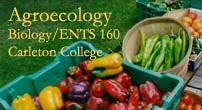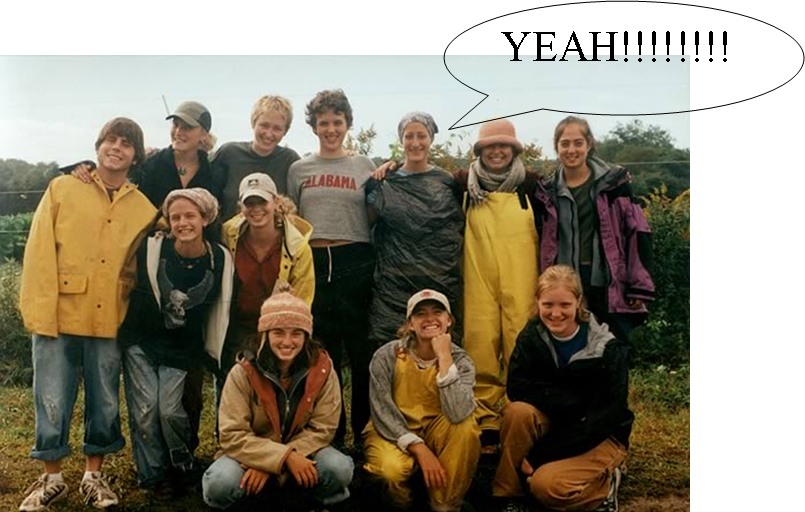
Farmelton
The Carleton Farm
A project of the Bio 160 Agroecology Course


Introduction
College Profiles
In thinking about a farm at Carleton, we felt it important to know what other colleges are doing. There are over 80 colleges and universities in the United States that operate some sort of student-run or sustainable agriculture farm. We chose a unique cross section of 10 schools to profile: Middlebury College, Bowdoin College, Colorado College, Lawrence University, and St. Olaf College are all small liberal schools who are quite similar to Carleton; Prescott College and Hampshire College are alternative schools who have created innovate farming programs; and Santa Rosa Junior College, UC Santa Cruz, and Slippery Rock University are larger operations who attempt to fully integrate sustainable agriculture into their curriculum.
Farm Size
Nearly a half operate farms that are 3 acres or less, and the remaining farms range in size from 5 acres to over 700, with the vast majority 80 acres or less.
Produce of Farm
Although a number of the larger farms have ample livestock production, large amounts of acreage dedicated to grains, or significant fruit orchards, the majority of the farms focused on small-scale vegetable production.
Farming Approach
The vast majority of the farms we investigated use at least some sustainable agriculture methods, including crop rotation, integrated pest management, or no-till cultivation. About 10 were certified organic, although many more use organic methods without being certified.
Where Produce Goes
Farms send their produce to a variety of sources, most using more than one method. Nearly a half participated in a CSA (Community Supported Agriculture) Program. About a quarter sent all or a portion of their food to the student dining hall, a booth at the farmer’s market, a food stand, or other local markets. A handful also provide food to restaurants or the food bank.
How Farm is Staffed and Supervised
Farms that do not have their own curricular agriculture programs often started by student initiative. Some are entirely student run, either through a student club or through student work hours. Many have paid part-time or full-time farm managers.
Purposes of Farm
College Farms are used for a wide variety of purposes. At the most basic level, of course, they provide food to their school and neighborhood communities. However, as farms located at educational institutions, they also strive to integrate learning into farm operations. Almost all farms offered some sort of educational opportunities, ranging from agriculture majors, to a course within a biology department, to student internship or work opportunities, to hour-long once-a-year workshops.
| Liberal Arts | Alternative Colleges | Mid-Large Universities |
|---|---|---|
| Lawrence University | Hampshire College | University of California at Santa Cruz |
| Bowdoin College | Prescott College | Slippery Rock University |
| Colorado College | Santa Rosa Junior College | |
| Middlebury College | ||
| St. Olaf College |